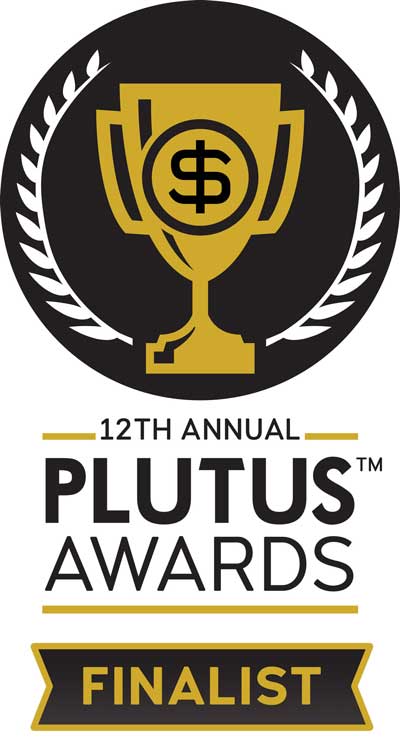Our business income (mainly income from my HR consulting activities) is the first money we tap to fund our day-to-day living expenses. Other streams include our long-term rentals in the US, vacation rentals in Costa Rica and our paper assets. However, with the stock market volatility, Costa Rica border closures and a slowing economy potentially impacting our tenants, we see the business income as our most reliable income stream right now. Using that to float us also lets our other investments grow (or recover) in the background.
However, some of my consulting work involves speaking at conferences and other in-person group events. While some of these engagements have moved to virtual, others have been cancelled or so far postponed (which could really mean cancelled but at a later date). Another significant part of my work involves recruiting, which probably won’t be very busy now that we have rising unemployment numbers. As the economy slows, businesses and individuals hold onto cash, which means selling any of my services to either population becomes that much harder.
I am not just assuming zero growth for the business just because the general market is slow. I posted five actions I’m taking to build my business during the pandemic, and I’m still working on all of these fronts.
Offered a new project that wasn’t a perfect match
That said, I’m also casting a wider net, in terms of the types of assignments I look at since I want to be able to adjust to what clients need right now.
Recently, my virtual networking (one of my five business-building actions!) led me to a potential HR assignment that was slightly atypical (not my recruiting or training specialty) but still within the wider net I cast (general HR). The assignment was a great opportunity in several ways:
- It was a brand I admired and would be a good name to have on my client list;
- The role was a stretch for me so I would learn something and have additional skills to offer future clients;
- My day-to-day client was someone I worked with at another organization. I really enjoyed working with this person, and she would have been a great reference to have.
That said, there were some significant downsides to this assignment:
- The client was in crunch mode right now so the next few weeks would require a lot more hours than I normally dedicate to any one client;
- The focus of this project isn’t a priority for my business and something I am unlikely to resell to others;
- The project fee was more than 30% lower than what I typically charge.
It’s a myth that you can’t negotiate in a down market

Even if the overall market is slow, if you are not in a desperate position (thank you, multiple streams of income!), then you can hold your ground and not settle. There were good reasons to take this project, so I did give it serious consideration.
I worked through the downsides and came up with five ways to counter:
1 – Move from an hourly rate to a retainer or project fee to take advantage of volume
My prospective client quoted an hourly rate that was too low, but based on the objectives she wanted to accomplish, I could have countered with a project rate that fit within her overall budget but didn’t commit me to a set number of hours.
For example, let’s say the client wants to pay $50 per hour for 20 hours per week, or $1,000 total per week. You charge $100 per hour, which seems like an insurmountable gulf. If you know you can finish the project in 10 hours, bid for the project, but invoice for the output and charge a flat $1,000. The client stays within budget, and you get your hourly rate.
For this project, the output wasn’t so straightforward so this option would be a tricky one to pull off.
2 – Book potential future business and chalk a lower starting fee to marketing costs
Taking a 30% discount on this first project may be worth it if there is additional business down the line. I once worked on an assignment for a non-profit and charged next to nothing, but the output I created turned out to be something that I have re-purposed for several other engagements, totaling tens of thousands of dollars.
That low-paying project gave me the perfect environment to beta test some new ideas. This freelance project could have a similar payoff.
3 – Change the project to change the fee

I could have said Yes to the rate as-is but also insisted on getting additional business, say some recruiting or training work, in order to increase the total fee. Similar to option 2, you essentially negotiate future business now and with this same client.
I didn’t sense much appetite for additional projects to sell, so while I have used this negotiating tactic for other clients, it didn’t seem relevant to this prospect.
4 – Change the project to accommodate other concerns
One of my concerns with this client was the amount of time they needed from me in the next few weeks. When this time constraint has occurred in the past, I look at additional resources I can bring in to help me say Yes to the project but still preserve my time.
Subcontracting some of the project to others is an obvious solution, but you might also outsource your other projects and do this entire project yourself. Or you could outsource personal obligations (e.g., get a housecleaner if you normally do it yourself or hire extra babysitting) in order to free up hours.
Because the rate was so low on this project, I wouldn’t have been able to outsource anything. So this solution doesn’t make sense for this client, though I have used this with other clients.
5 – Decline the project and help the client (and yourself) some other way
Finally, you can always walk away. Every project has an opportunity cost – i.e., you could be doing something else. When I looked at the opportunity cost on this project, it was clear my time, energy and focus could be better spent elsewhere.
However, I still wanted to deepen my relationship with this client contact and stay on their radar. To that extent, I am actively trying to find someone else to take on the project. I won’t get a fee for that, but referring others to opportunities is a great reason to reconnect with your network. You help your client, you help your network, and therefore you help yourself.
I didn’t take this project but still benefited from it

I invested several phone calls and lots of emails going back and forth about this project. That’s real time and effort for ultimately zero dollars. However, I’m closer to that prospective client because of all our contact. Hearing about the project gives me insight into their organization — what they need and how they work.
Considering the project gave me more insight into myself – my immediate and long-term priorities, a real-time test of being able to walk away. Sharing the project will bolster my network and has already led to some good reconnecting with others. I may not have landed this project, but I still advanced my business.
======
Are you freelancing in today’s market? Are you finding the right projects?



 We are Scott and Caroline, 50-somethings who spent the first 20+ years of our adult lives in New York City, working traditional careers and raising 2 kids. We left full-time work in our mid-40’s for location-independent, part-time consulting projects and real estate investing, in order to create a more flexible and travel-centric lifestyle.
We are Scott and Caroline, 50-somethings who spent the first 20+ years of our adult lives in New York City, working traditional careers and raising 2 kids. We left full-time work in our mid-40’s for location-independent, part-time consulting projects and real estate investing, in order to create a more flexible and travel-centric lifestyle.  Financial independence and early retirement is not something we originally focused on, but over time realized it was possible. Our free report,
Financial independence and early retirement is not something we originally focused on, but over time realized it was possible. Our free report, 







